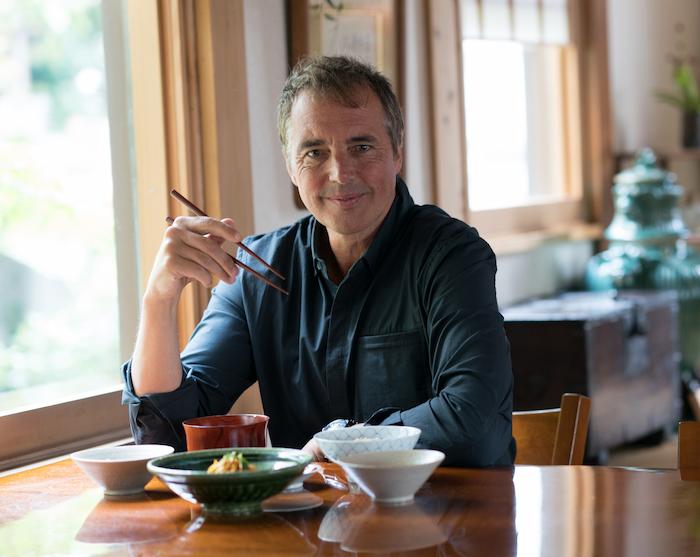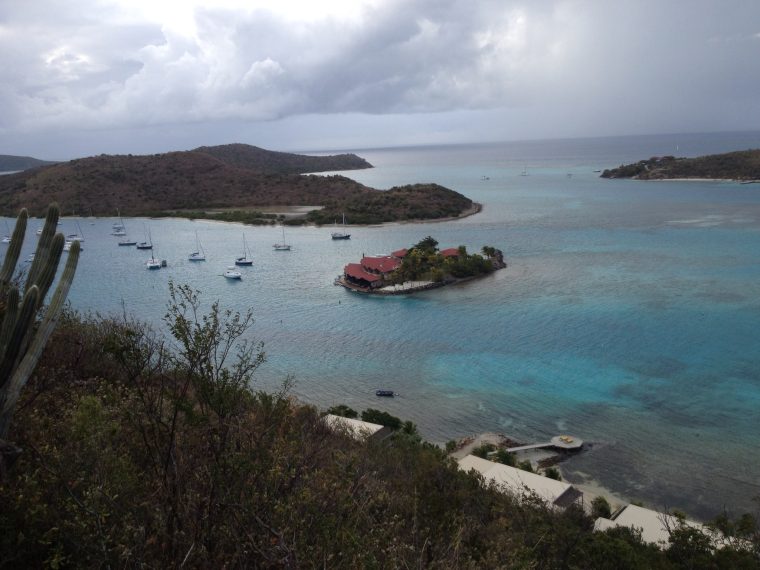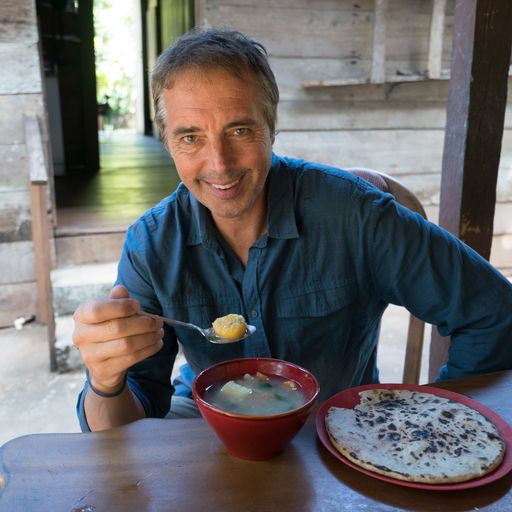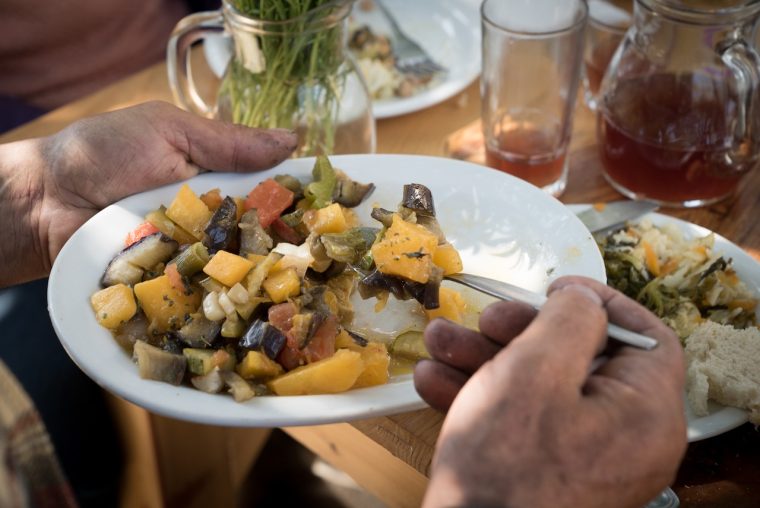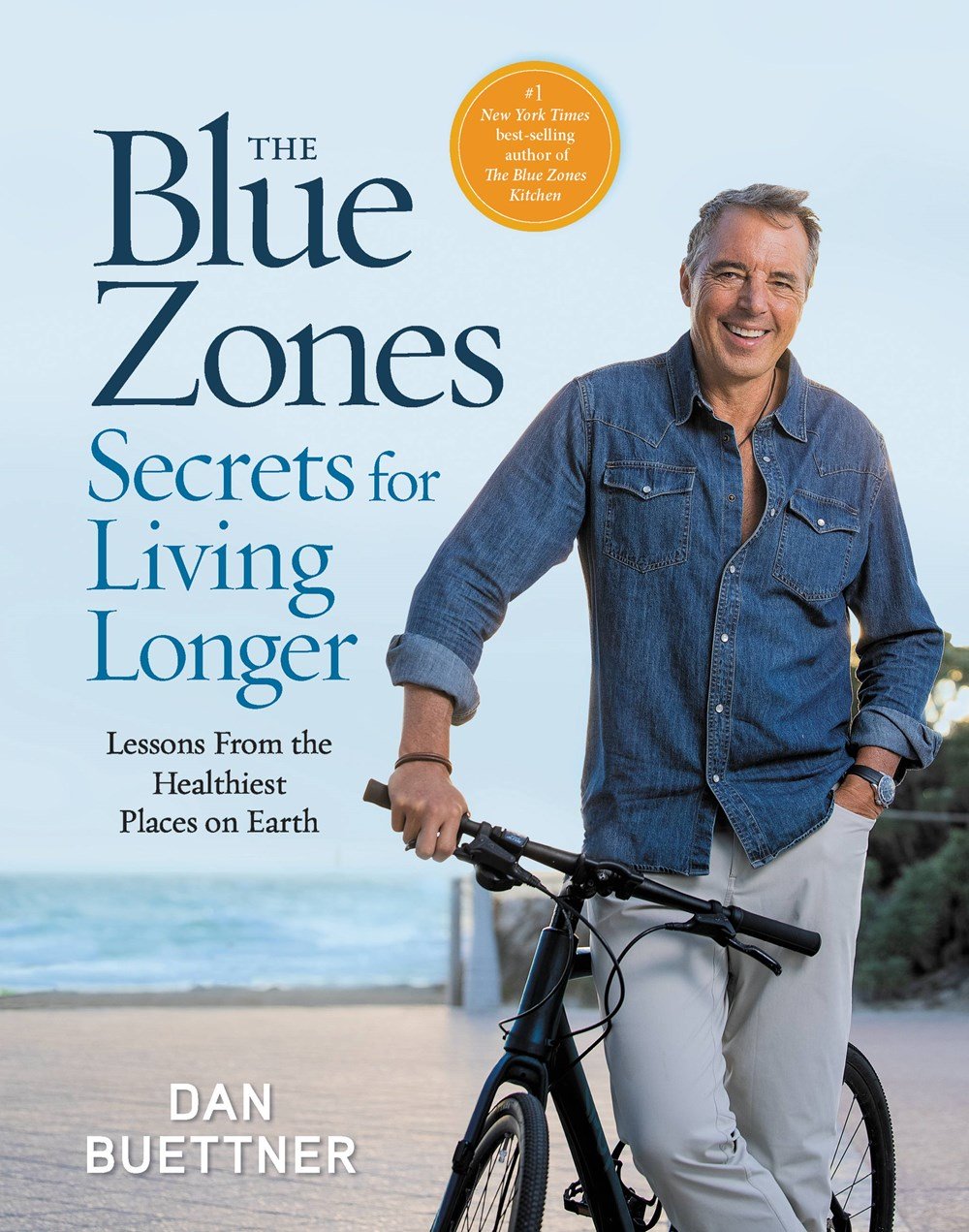If there’s one big message the Blue Zones demonstrate, it’s this: Your genes don’t matter as much as you think they do. Winning the genetic lottery certainly helps – no question about that. But it’s most certainly not all you need to live a long and healthy life, free from debilitating diseases.
People born to families in which parents suffer from a range of ailments (or perhaps even died young), often believe they’ve been dealt a bad hand from the gene pool. It’s just a matter of time before illness of some sort manifests itself.
Well, the Blue Zones show us that this simply is not true. While it might be tempting to look at most of the Blue Zones and think these centenarians are the product of generations of strong genes, we know that it is their lifestyle that has the greatest impact on their long term health and vitality.
This means that you have a lot of power over how your genes express themselves, no matter what the history of your family is.
A great example of this can be found in our first Blue Zones Project in Albert Lea, Minnesota, which we started back in 2009. Our goal was to reverse-engineer it into a Midwestern Blue Zone. In order to do that, we worked with the city to add 10 miles of sidewalks and bike lanes, and made it easier to access healthy food options. People naturally started moving more, and they built communities around walking groups.
The result: The city collectively lost 4 tons of weight and smoking was reduced by 4% during the first five years of the program. Albert Lea City Council Member Al Brooks, told MinnPost in 2015 that he started walking 2.5 miles a day, which resulted in lower cholesterol, normal blood pressure, and a 15-pound weight loss.
Albert Lee isn’t the only success story. We’re seeing this replicated time and time again in other American Blue Zones Projects. Consistent natural movement together with a primarily plant-slant diet make all the difference in the world when it comes to health outcomes. So if you’re someone concerned that you’ve been dealt a bad hand, think again. You have much more power than you think you do.
Get out and move. Eat plants, including plenty of beans. Your genes will thank you.
People in the Blue Zones eat their greens! And of course, I’m not talking about watered down iceberg lettuce. I’m talking dark, leafy greens in abundance every day.
These include popular, well-known varieties such as spinach, kale, chard, arugula, bok choy, and collards, as well as lesser known varieties (at least to most Westerners), such as beet and turnip tops, mizu, dandelion, mustard greens, and rapini. There are countless varieties of delicious greens, but most of the ones listed here can be found in any grocery store no matter where you are.
Many greens eaten in the Blue Zones are prized for somewhat bitter flavors, and are packed with vitamins and nutrients, including potassium, calcium, vitamins A and C, antioxidants, fiber, and even protein.
The science behind bitter, dark leafy greens tells us that these nutrient-dense superfoods help support bile production in the gallbladder (great for digestion), offer protective qualities against cancer, support a healthy gut microbiome, and can reduce risk of cardiovascular disease and obesity.
Including greens with most meals comes naturally to Blue Zones inhabitants, as most can simply go to their yard and snip a handful of wild or cultivated greens. However, even if you don’t trust eating the dandelions out in your backyard (and yes, they are edible!), I strongly recommend adding different types of greens to your grocery cart each week.
Be sure to wash them thoroughly. Greens grow low to the ground and can be full of soil and sediment.
Chop your greens, and boil for a few minutes until wilted. Toss with fresh lemon juice, olive oil, and a sprinkle of salt and pepper if you prefer. Bonus points for saving the water you boiled them in and sipping later as tea (you can even add lemon and honey to make it more palatable).
Chop your greens, and lightly saute in a small amount of olive oil. Can also saute with fresh garlic for added flavor and nutritional benefits.
People living in Blue Zones aren’t actively trying to cultivate habits for long life. Their environments are set up in ways that naturally support healthy behaviors. In this section of Eating to 100, I will share one simple habit you can incorporate into your life. Do it long enough, it becomes part of how you live. Build up enough of these habits, you’ll likely add years to your life and life to your years.
Quality sleep is prized in the Blue Zones. People in the Blue Zones tend to get about 8 hours of sleep per night, and then might take a nap on top of that. In fact, their napping habit could be what’s behind lower rates of heart disease in these regions.
I recently shared this:
Studies increasingly show that not getting enough sleep has a negative impact on cardiovascular, endocrine, immune, and nervous systems. Sleep deprivation can also lead to obesity, diabetes, heart disease, hypertension, anxiety, depression, alcohol abuse, stroke, and increased risk of developing some types of cancer.
When’s the last time you examined your sleep hygiene? Developing a consistent, healthy sleep habit might just be one of the most important things you can do to thrive into old age.
How much sleep are you typically getting? Are you trying to get more? Head over to the post and let me know!
Quick Greens & Onions
Total Cook Time: 15 minutes
Makes 4 servings
Ingredients
1 sweet onion (like Vidalia), thinly sliced
1 or 2 tablespoons extra-virgin olive oil
3 pounds greens (spinach, Swiss chard, or beet greens), washed
Salt and papper (optional)
Cooking Instructions
In a large pan, sauté the onion in olive oil for 5 minutes, or until translucent.
Add all the greens, cover and cook over low heat for 5 minutes or until cooked and brightly colored.
Add a couple tablespoons of water, as needed, to steam.
Remove from heat and chop.
Season with salt and pepper to taste. Serve hot or cold.
I am so pleased to share a new book by Steve Hendricks for today’s Lessons in Longevity! The Oldest Cure in the World: Adventures in the Art and Science of Fasting, which explores the history, science, and practice of fasting, an ancient cure enjoying a dynamic resurgence.
I asked Steve some questions about fasting, namely the best way to do a fast and how long a fast should be. His answers below!
Daily Fasting
This means to fast every day by eating in a restricted window. The research on this is increasingly trending toward two conclusions:
Shorter windows almost certainly induce more cellular repairs overnight.
Earlier windows almost certainly minimize the wear and tear of digesting and processing nutrients from meals.
Most researchers and fasting doctors I interviewed agree the ideal window is probably around 6 to 8 hours, although restorative benefits start showing up in quantity at about 12 hours. A few researchers think a 4-hour window will eventually prove ideal, but my guess is that if, like you and me, you’re eating a diet mostly or entirely of whole plants, you’d be putting too much stress on your innards to try to process all that fiber etc. in so short a window. Plus, your abdomen would be bloated as all get out from sheer quantity.
How early a window? The best research, to my eyes, keeps suggesting the ideal eating window is probably from about 9am to 3pm—maybe 8am to 2pm or another nearby variant, but you get the idea. If it sounds too depressing to abolish traditional dinnertime (it sure as hell did to me before I tried it, although now I love it), there’s a compromise, which is to eat as the Spaniards eat—or at least as they traditionally ate—which means taking most of your calories no later than early afternoon, and the earlier the better. Then if you do eat at dinnertime, eat light. This eating pattern could be one reason Spaniards are among the world’s longest-lived people. Tip for your happy hour: move it earlier in the day when possible. Some of those Sardinians you found who took their wine in the afternoon, even at lunch, may have been on to something.
Prolonged Fasting
Any amount of time spent fasting beyond about 12 hours will begin to ramp up the cellular repairs. So in theory a short prolonged fast, like a 36-hour fast or a fast of 2 or 3 days, would give you some real benefits. Unfortunately, it’s not that simple.
The reason is that as your fast goes on, your body is going to start making the switch from feeding metabolism, whose hallmark is running on the glucose from your meals, to fasting metabolism, whose hallmark is running on the ketones burned from your fat. The timing of the switch varies with the person, but let’s oversimplify and say it starts on average at about 24 hours after your last calories.
Making that switch is very metabolically costly. It’s just plain hard work for our bodies, which is why a lot of new fasters have headaches, lower-backaches, or nausea during this phase. Most people don’t fully enter ketosis until the 3rd or even 4th day of a fast, which is when some of the really exciting benefits of a fast start first kicking in, with a radical step-up in repairs. So if you fast for only 3 or 4 days, you’re putting your body through an awful lot of stress without getting to the truly deep renovations.
Most fasting doctors, both historically and currently, have said that a prolonged fast of shorter than 5 days probably isn’t a good idea, at least not on a routine basis, and I don’t know any fasting doctor today who recommends with any enthusiasm fasts of less than 7 days. You just need that long for the gains from a fast to outweigh the work of getting into fasting metabolism.
How Often Should We Do a Prolonged Fast?
The world’s foremost authority on water-only fasting, Alan Goldhamer at TrueNorth in Santa Rosa, California, says—rightly, I think—that everyone should fast under medical supervision once a year for a minimum of 7 days. If, by the end of 7 days, your fast is free of troubling symptoms, you’re done.
If you have symptoms that persist, which may indicate an underlying ailment that could be fasted away, Goldhamer advises you to continue to fast until you’re symptom-free (working with a doctor who can tell the benign symptoms of a so-called “healing crisis” from truly threatening symptoms that call for breaking the fast). My own hunch, based on interviews with doctors and reading the science, is that most healthy people would benefit from 1 to 2 fasts a year of 7 to 10 days. Unhealthy people should probably fast longer and probably 2 to 4 times a year, depending on how long a fast they can tolerate—and definitely under medical supervision.
The Best Way to Fast
The short answer is that most people should probably do it under the guidance of a doctor experienced in fasting.
Most people also ask if they can fast without supervision. According to some fasting doctors, e.g. Michael Klaper, formerly of TrueNorth, healthy people can fast up to 7 days on their own. (Goldhamer, worried about people with rare, undiagnosed disorders, disagrees.) For my friends who want to go this route, I always say start fasting as you would a new exercise program. If you’ve never fasted before, skip dinner and see how it feels. If it’s trying, do it again several days later, and then again until it feels okay. Next try skipping lunch and dinner one day. Once that goes well, try skipping a whole day of meals. If that seems OK, extend your fast to a couple of days. Once you’ve gone that far, you’re entering the metabolically costly zone, so I don’t see much point in then moving gradually to 3 days, 4 days, etc. I’d just go straight from a 2-day fast to a 7-day fast.
If you do fast on your own, be sure it’s during a week when you can afford to be less productive, ideally minimally productive. Everyone reacts differently to fasting. Some people are euphoric and hyper-productive, but many more are lethargic and weary. I’ve been both—and am more on the lethargic end as I age. The more rest you can work into your fasting period, the better.
Thanks for the information, Steve! I recommend getting a copy of Steve’s book, and you can also check out his website. And for a limited time, Steve’s publisher is offering a 25% discount on his book where you order here and use the code BLUEZONES.
